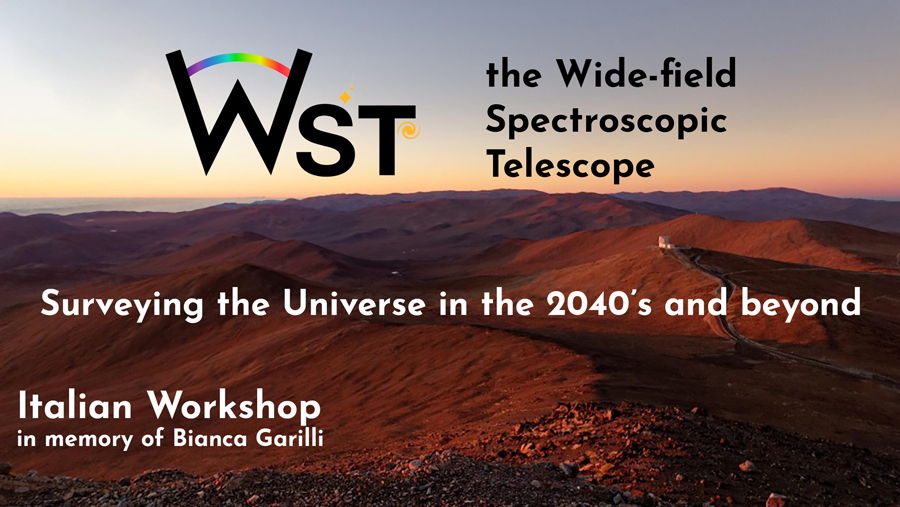Speaker
Description
The existence of filaments connecting galaxies, within which galaxies form, has been a long-standing prediction of structure formation theories in a Universe dominated by cold dark matter. However, direct imaging of these filaments has remained elusive until the advent of large-format integral field spectrographs such as the Multi Unit Spectroscopic Explorer (MUSE) at the Very Large Telescope.
In this talk, I will present recent direct detections of cosmic web filaments in Ly$\alpha$ emission from an ultradeep (142-hour) observation in the MUSE Ultra Deep Field. This trasformational dataset enables us to directly study the physical properties —including morphology, surface brightness profiles, and the transition radius between the circumgalactic medium and the intergalactic medium— of at least two extended emitting structures. These filaments span scales ranging from $\sim 3$ cMpc to $\sim 5$ cMpc and are observed both between two massive nodes of the cosmic web (a pair of bright quasars at redshift $z\sim3.22$) and within a rich overdensity of Lyα emitters at redshift $z\sim4$.
I will compare these observations to predictions from numerical simulations.
These exciting discoveries mark a significant step forward in studying large-scale structures in emission, offering a powerful new way to trace the distribution of dark matter and gas dynamics in the cosmic web.
Looking ahead, I will discuss the key role of the Wide-Field Telescope (WST) in detecting and characterizing cosmic web filaments in Lyα emission. Its unmatched field of view and sensitivity will enable us to build statistical samples of filaments across diverse environments, paving the way for breakthroughs in our understanding of the physical processes shaping the large-scale Universe and governing gas accretion within these structures.

